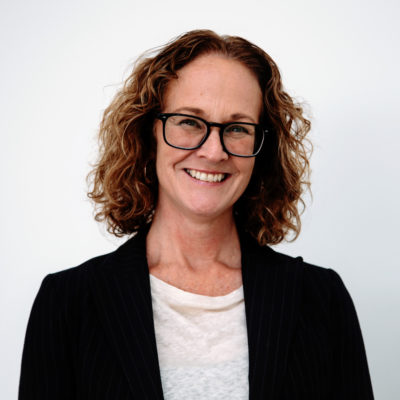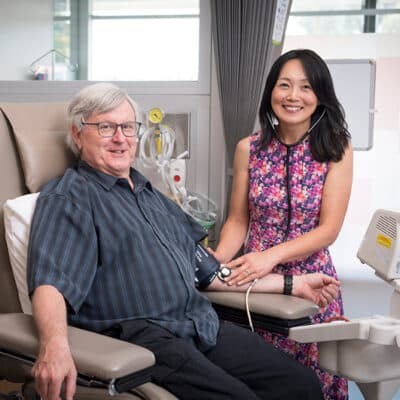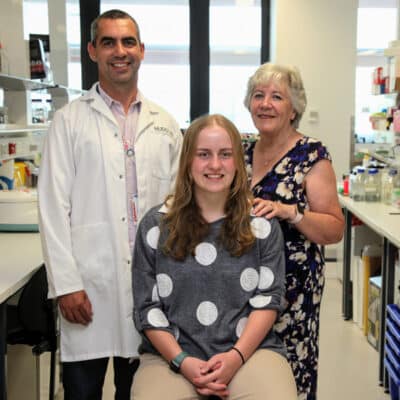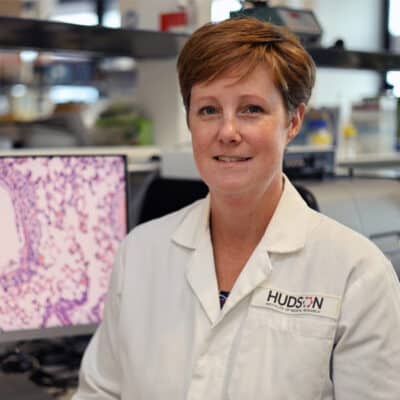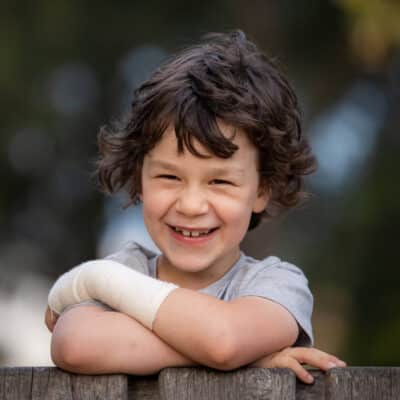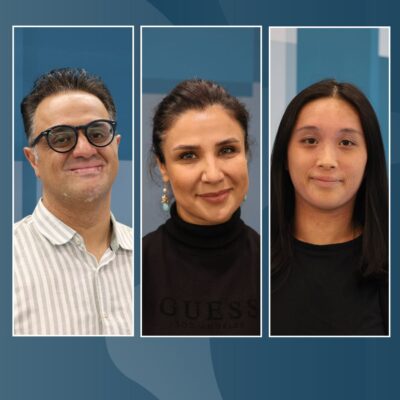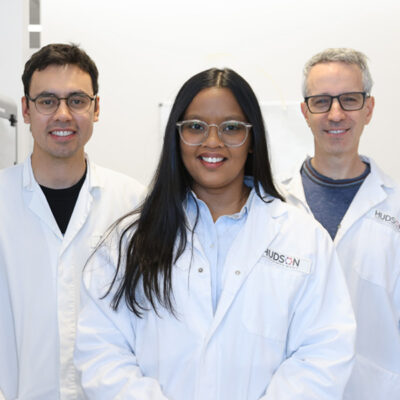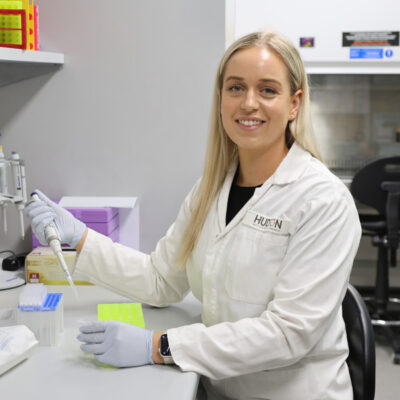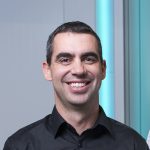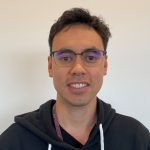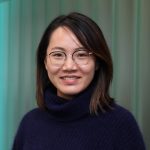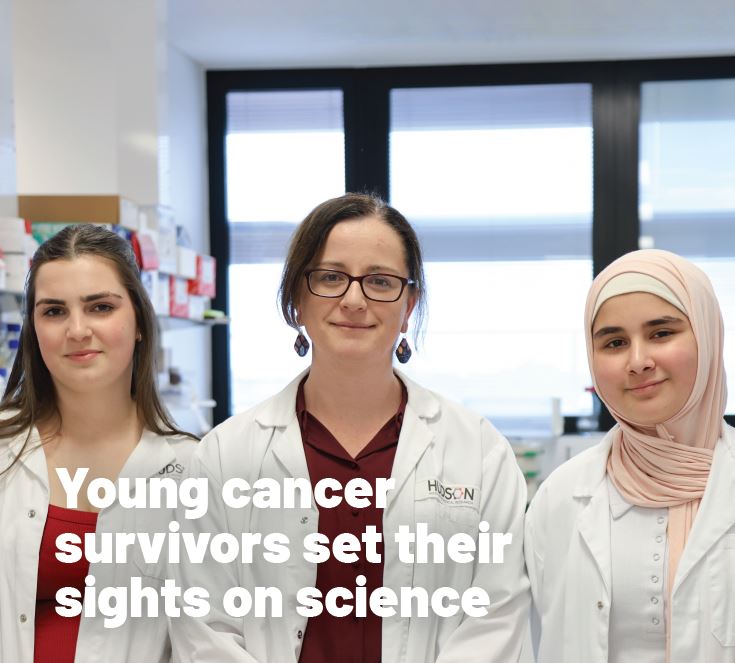Surviving childhood cancer – Luca’s story
By Rob Clancy, staff writer
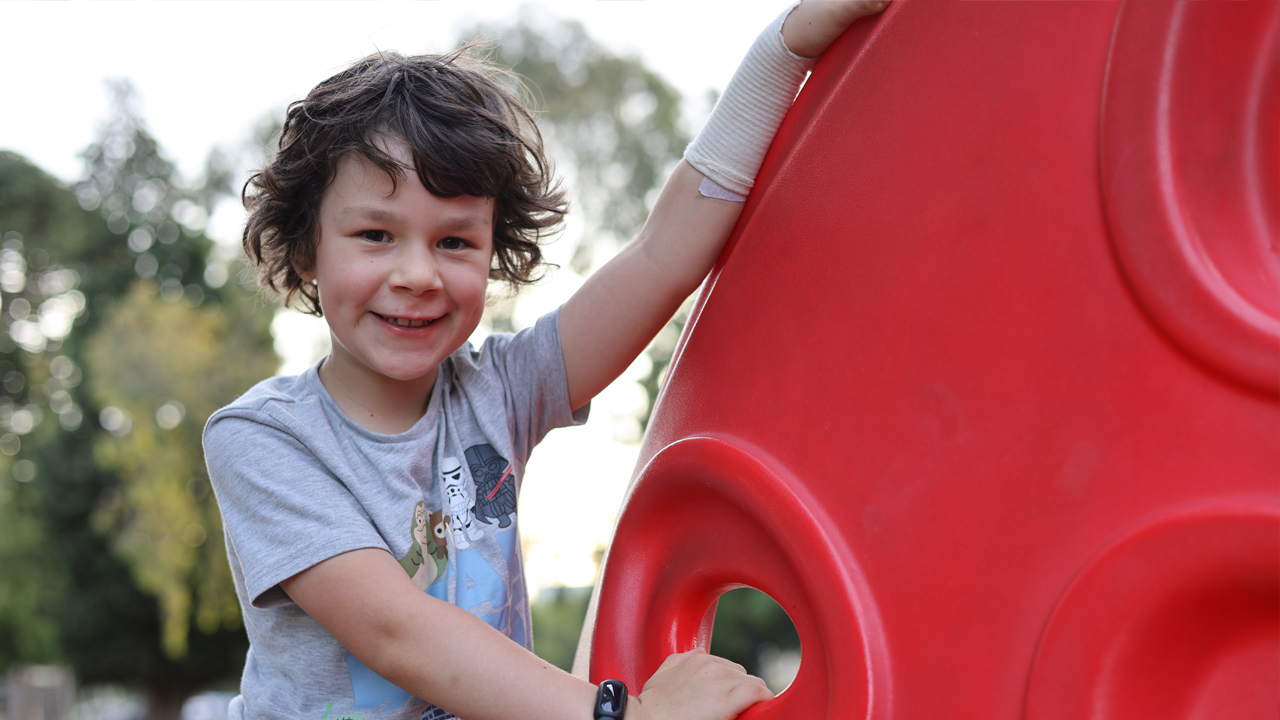
Childhood cancer facts (Source: CCI)
- One in five children diagnosed with cancer will not survive.
- Most survivors will suffer long-term disability from the toxic treatments.
- Cancer remains the leading disease-related cause of death among Australian children.
- Despite many years of research, survival rates from some cancers have hardly improved.
- In the last four decades, 500 drugs for adult cancers were approved in the US, but only 12 were approved to treat childhood cancers.
- Cancer kills three children every week in Australia – more than any other disease.
It’s hard to imagine four words more frightening to a parent than “Your child has cancer”. Monique and Baden share Luca’s story.
Amid the fear and panic such a sentence creates, three-year-old Luca’s parents, Monique and Baden, had little choice but to trust in the best that medical science could offer.
To treat the “mass” that a CT scan showed in his brain, Luca needed surgery.
Monique and Baden did not know whether Luca would survive, or how he might be affected if he did – and that was just the start of their cancer journey.
“It turned out to be a high-grade glioblastoma – one of the rarest and most dangerous types of brain tumour,” Monique said. “But the surgeons were confident they had removed it all.
“Because it’s so rare they couldn’t say ‘this is what we do with this type of tumour’ so we threw everything at it.”
What followed was 11 rounds of chemotherapy over the next 10 months, then 33 consecutive days of radiotherapy.
That was Luca’s story five years ago. Today Luca is a healthy, cheeky eight-year-old who is indirectly increasing the survival hopes of the next child with a glioblastoma.
Because Monique and Baden agreed to donate tissue samples from Luca’s tumour for research, those cells are still being used to test potential treatments.
That’s where Hudson Institute comes in.
Luca’s tumour sample is saving other children’s lives

As home to the Childhood Cancer Model Atlas (CCMA) – a tissue bank where samples of actual cancers can be stored and reproduced – Hudson Institute is a global hub for paediatric cancer research.
Head of Hudson Institute’s Centre for Cancer Research, Professor Ron Firestein, says the CCMA is a goldmine for cancer researchers everywhere.
“Children’s cancers make up only about one per cent of all diagnosed cancers, so the pharmaceutical industry tends not to invest in finding new treatments,” Prof Firestein said.
“Having models (samples) of various childhood cancers allows us to study the disease and understand how it develops, what makes it grow and ultimately what treatments can be used to fight it off and hopefully cure it.”
The CCMA is the world’s biggest living biobank of paediatric tumour tissue samples, and the data from the tests we run on all of them is freely available to every paediatric oncologist and childhood cancer researcher worldwide.
That means every child like Luca, regardless of their own outcome, can help save lives through the use of their tumour tissue.
Helping families through treatment

The CCMA is the outcome of seven years of support and more than $7 million in funding from the Children’s Cancer Foundation. It was developed through active collaborations with 34 cancer research institutes, including Stanford University (USA), the University of California San Francisco (USA), The Hospital for Sick Children (Canada), Johns Hopkins University (USA), McGill University (Canada), the Institute of Cancer Research (UK), and Hopp Children’s Cancer Center Heidelberg (Germany). The CCMA also benefited from the support of the Australian Government’s Medical Research Future Fund and the Robert Connor Dawes Foundation.
Assistant Professor of Paediatrics at Harvard Medical School, Dr Mimi Bandopadhayay, says the CCMA is essential to help identify new treatments. “This work is a tour de force that includes the largest collection of brain tumour models, generating a resource that will be invaluable to researchers across the world,” she said.
And it’s not just about saving lives, as Hudson’s Dr Jason Cain explains. “Many survivors of childhood cancer are left with debilitating long-term side effects of their treatments. We need to do better,” he said.
The team’s goal is to determine which patients are likely to respond to which therapies, avoiding ineffective treatments (and their side effects).
“No one treatment is going to be effective for all patients, even with the same cancer diagnosis, so we aim to identify several different therapies that can be used in combination to treat patients,” Dr Cain said.
Luca’s mother, Monique, agrees. “I’d hope that through this work, the next family gets a clearer picture of the available treatments and what can be done.”
Hudson News Winter 2023
In this article
About Hudson Institute
Hudson Institute’ s research programs deliver in three areas of medical need – inflammation, cancer, women’s and newborn health. More
Hudson News
Get the inside view on discoveries and patient stories
“Thank you Hudson Institute researchers. Your work brings such hope to all women with ovarian cancer knowing that potentially women in the future won't have to go through what we have!”

